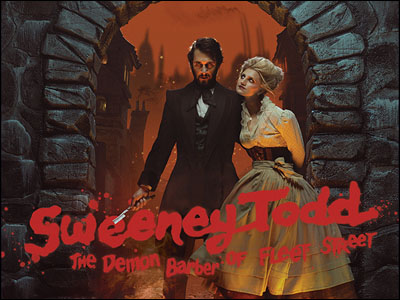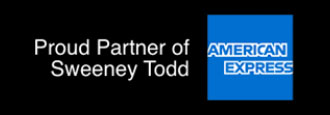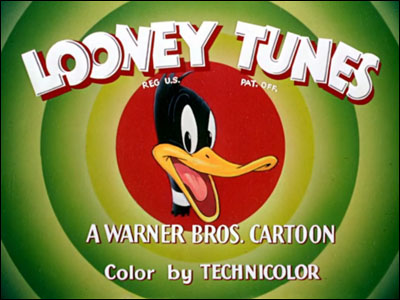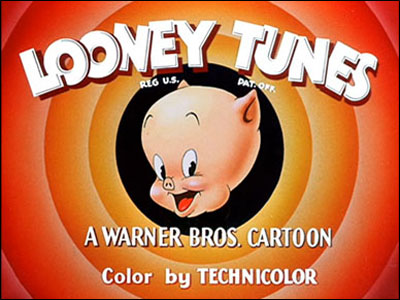
My father passed away in March of 1991 at the age of 80. If you don't count the heart attacks, he was in reasonably good health the last decade of his life but starting around the age of 65, his hearing began to go. He was okay talking to people, especially when they spoke slowly and he could see their faces…but he had a lot of problems with TV and radio.
One of the great joys in his life was watching the L.A. Dodgers on TV or listening to non-televised games on the radio…but he was having trouble making out what Vin Scully (who did the play-by-play for the Dodgers) was saying. The same was true of the L.A. Lakers and their sportscaster, Chick Hearn. Experiencing the Dodgers without Scully or the Lakers without Hearn was like eating french fries without ketchup or a hot dog without mustard or…well, make up your own food analogy.
So I found a shop in Santa Monica that sold devices to help older folks with such problems and there, I bought a set of lightweight headphones that could connect to a TV set and amplify its sound. It was made by the Sennheiser company and the headphones were connected to the set by a long, thin wire. My father loved it from the moment I did the installation though for some reason, he kept referring to it as his "wireless." Four or five times a week, we had the following exchange…
HIM: I'm really loving my wireless, son.
ME: I'm glad but you know, there is a wire on that device.
HIM: I know but I call it my wireless.
So he used his non-wireless wireless for a few years…until his hearing worsened to the point where he was simply missing too many words to enjoy watching TV. He was still okay with live conversations but TV and radio were problematic. The next step was closed-captioning.
Early in 1991 — but too late to help my father — Congress passed the Television Decoder Circuitry Act of 1990. It required most TV sets to contain the proper circuitry to display closed-captioning if desired by the viewer. All manufacturers distributing sets in the U.S. of A. had to be in compliance by July 1, 1993.
Before that, closed-captioning was achieved by installing a set-top box that looked like — well, here. I'll show you what it looked like…

That was not the precise model I got for my father but his was similar. I had to uninstall his "wireless" in order to install the closed-captioning box on his set but I got the captions working. At first, he thought I hadn't hooked it up properly because some of the on-screen words were misspelled but I managed to convince him that was just a built-in flaw of closed-captioning. Some of the words were also just plain wrong.
Once in a while, I accidentally hit the button that turns on closed-captioning on my TV. A lot of the words are still misspelled and a lot of the words are still just plain wrong. I'm surprised some writers don't complain about how their words get changed or mangled in the process. It's forgivable for live TV but movies and filmed shows have less excuse.
My father liked the closed-captioning at first but he asked me to come back and reinstall the "wireless" so he could have both. I had to order a special adapter to have them both operational at the same time but this was done. He was very happy once he had both but he largely stopped watching TV news. He said he saw too many instances where the captions didn't precisely match what he heard and he wasn't sure which to believe.
Half-jokingly — but only half — he claimed that whoever was doing the captions on President Ronald Reagan — and later, his successor, President George H.W. Bush — had to be a Republican. According to my father, "What those men say is vile and untrue but whoever does the captions is cleaning up their language and making them sound nicer and smarter in the captions."
Maybe he was joking by more than half but he thought there might be something to his observation. He did stop watching the news and that sadly was not enough to stop the heart attacks.
A few weeks after we lost him, my mother asked me to take the devices off their TV set and I did. I installed his "wireless" on the TV in my home office so I could listen to TV and my lady friend, when she was working or trying to read a book in my office, didn't have to hear it. I now have an actual wireless "wireless" that does this.
I left the close-captioning device in the trunk of my car. I didn't know what to do with it but it seemed too useful to throw away. I thought something might come up and something did.
In July of '91, I was in the DC Comics booth at the San Diego Comic Con, talking with Dick Giordano, who then held the dual titles of vice president and executive editor at the company. It was noisy in the hall and Dick had a hearing problem so he had to keep asking me to repeat things I'd said. A sudden thought hit me and I asked him if he had a closed-caption device on his TV set at home.
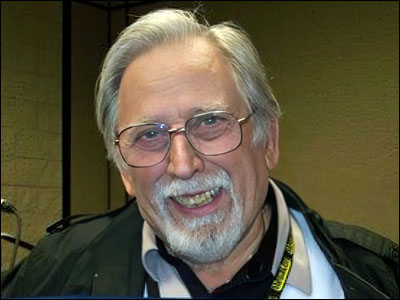
He said he didn't. He said, "I've always wanted to try one of this things but I have no idea where to get one."
I said, "I do. I'll be back in a little while." I ran back to my hotel and got the valet parking guy to loan me my car keys and tell me where to find my car. About twenty minutes after I'd left him, I handed Dick a supermarket shopping bag which contained my father's old closed-caption device. A month or three later, he called me and said the device was working great. I was very pleased that I'd found a good use for it and when my mother asked one day what had become of it, I told her the story…and that pleased her.
My mother lived until October of 2012. Her last few weeks were spent in a nursing facility and when I visited her, she often uttered statements that started with some form of "After I'm gone…" She knew the end was near and was generally at peace with that idea. She was almost blind and largely unable to walk and those conditions were only going to get worse, never better.
After my father died, she had had me get her an Estate Planning Lawyer and she put everything she owned into a trust with me as the sole beneficiary. I had a sealed manila envelope and she told me that when she died, I was to open that envelope and I would then be able to do everything that needed to be done in less than a half-hour. It turned out to be more than that but not a helluva lot more.
But in her final weeks, she kept thinking of tiny matters that were not covered in the envelope…like she'd forgotten to specify what she wanted done with a couple crates of old Christmas decorations in the garage. Minor things like that. I'd gotten her a cell phone that was made for sight-impaired senior citizens. It had big buttons with big numbers and it was so simple to operate, a goldfish could have made a call on it.
She picked it up from the bedside tray and said, "I want you to find someone to give this to. Maybe you can find some editor like you gave Dad's closed-caption thing to, only this one would have to be almost blind instead of almost deaf."
